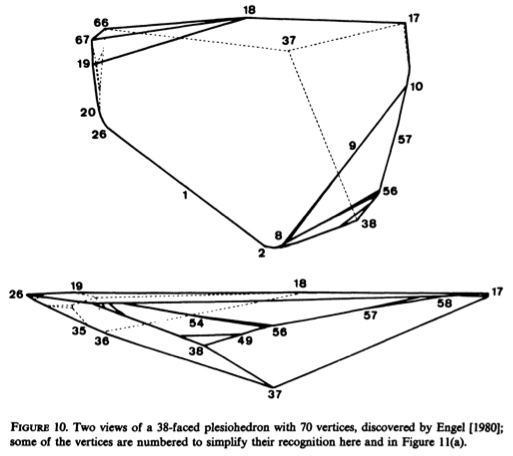The Brownian motion is certainly a fundamental piece of modern probability theory.
In a strict sense it does not answer the question, because it became to interest mathematicians after, and because, Einstein's 1905 article on the subject. And of course Einstein was a physicist and his interest was for the brownian motion in physics, for example of molecules in a gas (even though the Brownian motion was first observed by a botanist observing pollen grains in water -- a secondary bronian motion created by the more fundamental molecular one studied later by physicists).
On the other hand, there is an other source for the mathematical interest in Brownian motion, older: financial modeling, in particular of the price of stocks and other financial assets. The fundamental work was done by Bachelier, a student of Poincaré, in his thesis in 1900, five years before Einstein's article.
It contains a few basic results in common with Einstein's treatment, but then move in another direction. This paper was essentially forgotten for many years, until it was rediscovered by Samuelson, who built on these ideas to develop the modern framework of mathematical finance, which bolstered a big development in the theory of stochastic differential equations.
On the same kind of idea, the Black-Scholes formula for option pricing is, with Merton's point of view and proof, a purely mathematical, non-trivial theorem about stochastic differential equation. Yet its first proof, by Blach and Scholes, giving the same result under much more stringent hypotheses, was heavily based on financial intuition, especially the theory of marker equilibrium. So that's an example where the concrete intuition in the field of finance led to the discovery of a formula that was soon after reproved mathematically.

